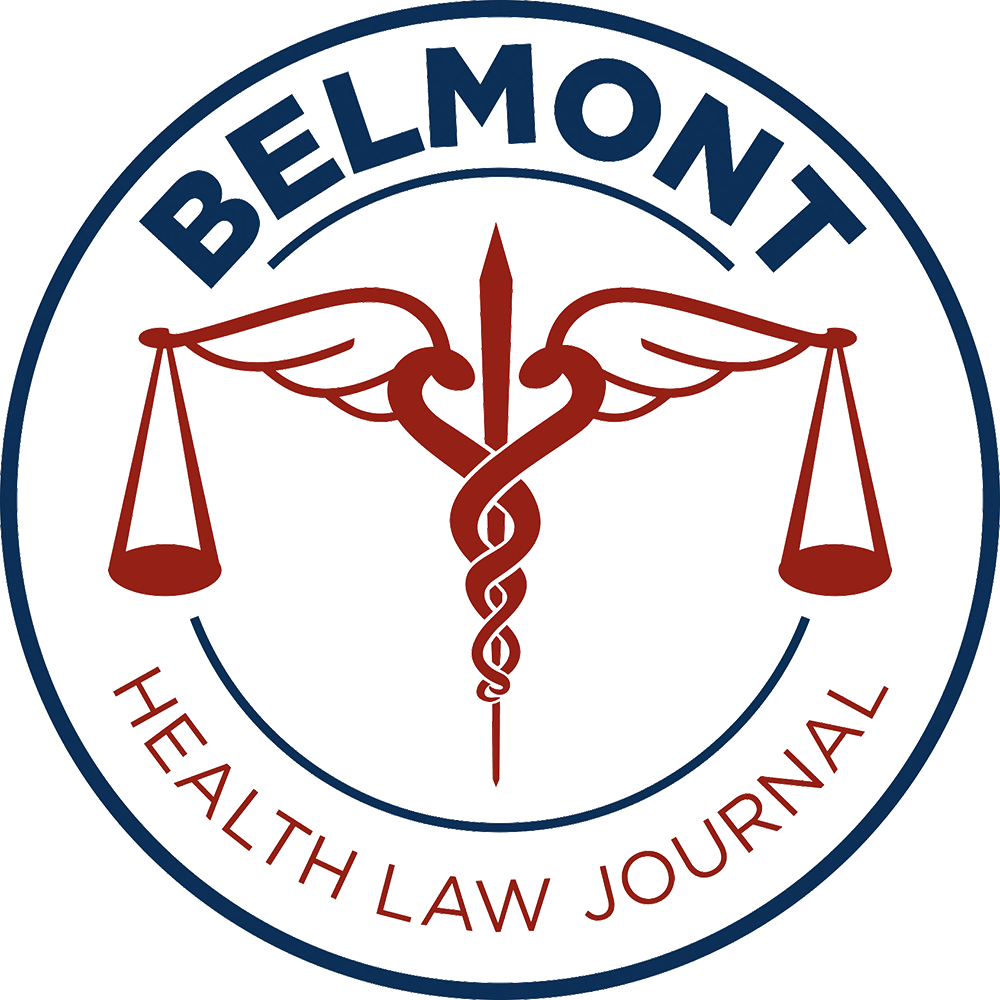Maddie Gilmore, Class of 2023, Belmont Law
On January 13th, the Supreme Court stopped the Biden administration’s push to enact its policy of encouraging vaccine use through a mandate that would apply to 84.2 million employees to get vaccinated or “obtain a medical test each week at their own expense and on their own time and wear a mask each workday.” While the Court is allowing the administration to continue to impose a vaccine requirement on most U.S. health care workers, the opinion is sharply worded to emphasize that this is outside the scope of OSHA’s domain and is unprecedented.
Some key aspects of the original mandate highlight that this was less about health and safety, and more about imposing the Biden administration’s executive policies. Health and safety, no doubt, are at play behind both the mandate and the administration’s policies, however the sweeping nature of the mandate is unprecedented, which is exactly how the Supreme Court in its recent opinion justified continuing delay of enforcement. Employees would face a choice, vaccines or weekly testing and masks. Arguably masks at work while most of the workforce is vaccinated and unmasked, serve as a mark of segregation as to certain political leanings. You might as well have to wear a sticker that indicates to co-workers your political feelings about the vaccine and the Biden administration’s policies. While it might not feel like a coercive choice to some, to others, it is a closely guarded and sincerely held belief.
Furthermore, the employers are duty-bound to enforce this requirement. The penalty on employers for failing to do so is up to $13,653 for a standard violation, and up to $136,532 for a willful one. 29 CFR §1903.15(d) (2021). The mandate preempts contrary state laws. Neither OSHA nor Congress has ever imposed a mandate this broad. To justify the mandate and avoid notice-and comment procedures, OSHA invoked its “emergency temporary standards.” Although the standards take immediate effect, they are only permissible if the Secretary shows (1) that employees are exposed to grave danger from exposure to substances or agents determined to be toxic or physically harmful or from new hazards,” and (2) that the “emergency standard is necessary to protect employees from such danger.” This has only been invoked by the agency nine times, and of the six times the standards were challenged in court, only one was upheld.
In addition to the mandate being so broad as to cover 84.2 million employees, the exceptions are limited to foreclose exempting workers who pose a significantly lower risk of transmission. For example, there is an exception for workers who work outside. However, the wording of the exceptions is too limited and only exempt outside workers if they spend 100 percent of their time outside. The Secretary has estimated, for example, that only nine percent of landscapers and groundskeepers qualify as working exclusively outside.
The combination of the controversial politics behind the mandate, the unprecedented and general scope of the authority claimed by OSHA to impose such a mandate, as well as the limited exceptions and broad reach of the mandate are all reasons cited by the Supreme Court in their finding that those challenging the mandate are extremely “likely to succeed on the merits of their claim that the Secretary lacked authority to impose the mandate.”
However, instead of resting its decision solely on precedent and politics, the Supreme Court in large part reasoned that the risks of COVID-19 are not a workplace-specific threat. The Court emphasized that OSHA’s responsibilities are limited to correcting overly hazardous workplace conditions and implementing protocols to combat health and safety dangers that specifically emanate from the workplace. What effect this will have on OSHA’s latitude in future cases remains to be seen. Creative administrative lawyers might use this as precedent to further constrain OSHA’s ability to implement certain unpopular health and safety protocols.
Works Cited:
